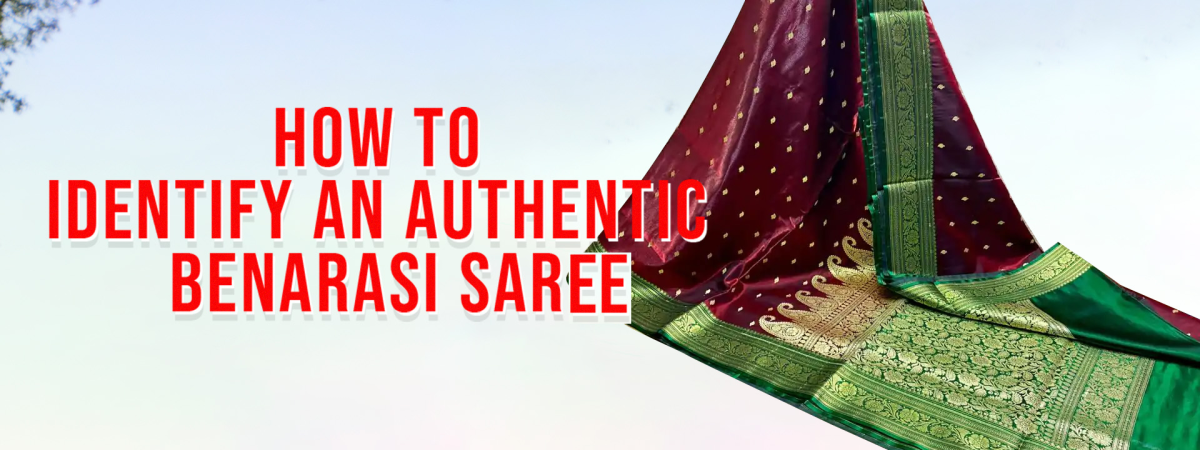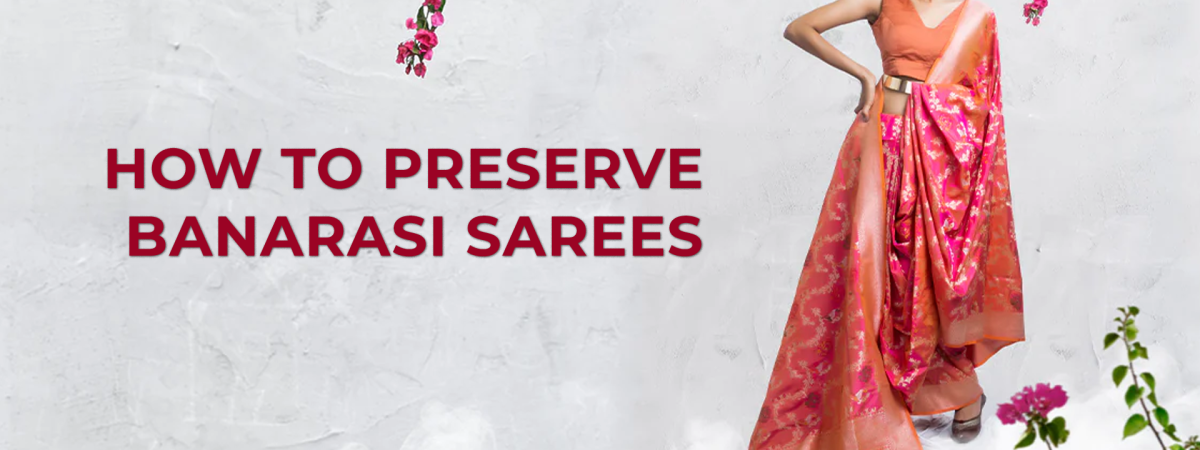
Benarasi sarees, renowned for their opulent beauty and exquisite craftsmanship, are a treasure trove of Indian heritage. Originating from the city of Varanasi (formerly known as Benaras) in Uttar Pradesh, these sarees are woven with a history that spans centuries. The intricate detailing, luxurious silk, and timeless motifs make them a symbol of sophistication and cultural richness. However, in an era of mass production and counterfeit products, it's essential to be able to distinguish between an authentic Benarasi saree and a mere imitation. In this article, we will delve into the key characteristics that help identify an original Benarasi saree.
1. Silk Quality
Authentic Benarasi sarees are crafted from pure silk, often referred to as Katan silk. The silk used is of exceptional quality, boasting a rich, smooth texture that is both lustrous and soft to the touch. When examining a Benarasi saree, pay attention to the feel of the fabric. It should glide through your fingers effortlessly and emit a natural sheen that is unmistakable.
2. Weaving Technique
The hallmark of a true Benarasi saree lies in its weaving technique. Traditionally, these sarees are handwoven using intricate weaving methods like 'kadwa' and 'jangla.' These techniques involve weaving each motif separately, resulting in a reversible pattern where the backside looks almost as exquisite as the front. The weave should be tight, creating a rich and detailed design that stands out distinctly.
3. Zari Work
Zari, a type of metallic thread, is a quintessential element of Benarasi sarees. Genuine Benarasi sarees incorporate real zari made from silver or gold, which lends a luxurious aura to the garment. To differentiate between authentic zari and synthetic substitutes, gently rub the zari between your fingers – real zari will feel smooth and soft, while synthetic zari tends to be stiffer and less malleable.
4. Motifs and Designs
Benarasi sarees often feature motifs inspired by Mughal art, nature, and mythology. Authentic pieces exhibit precise detailing and artistic finesse. Look for intricate designs that include paisleys, florals, leaves, animals, and geometric patterns. The motifs should be well-defined and evenly distributed across the saree.
5. Brocade Work
Brocade is a distinctive feature of Benarasi sarees, adding an extra layer of allure to the fabric. The brocade work involves weaving patterns using zari threads to create an embossed or raised effect. Examine the saree closely to ensure that the brocade work is intricate, with clear patterns that enhance the overall design.
6. Color Palette
Benarasi sarees traditionally boast rich, vibrant colors that reflect the grandeur and celebration of Indian culture. Authentic sarees exhibit a harmonious blend of colors, with no bleeding or smudging of colors along the borders or motifs. The colors should be consistent throughout the fabric.
7. Weight and Feel
Due to the luxurious silk and intricate weaving, Benarasi sarees tend to have a substantial weight. This weight is a result of the high-quality silk and the dense weave that creates the intricate designs. When you hold the saree, it should feel substantial, conveying a sense of richness.
8. Trademark Seal
Many authentic Benarasi sarees come with a trademark or seal of authenticity from reputable manufacturers or weavers' cooperatives. These seals signify that the saree has been made using traditional methods and genuine materials. While the absence of a seal doesn't necessarily indicate a fake, the presence of one can provide additional assurance of authenticity.
Owning an authentic Benarasi saree is like possessing a piece of art that embodies the culture, history, and craftsmanship of India. By paying attention to the silk quality, weaving technique, zari work, motifs, designs, brocade work, color palette, weight, and any trademark seals, you can confidently identify a genuine Benarasi saree. These sarees are not just garments; they are a testament to the enduring legacy of Indian textiles and the artisans who bring them to life.








